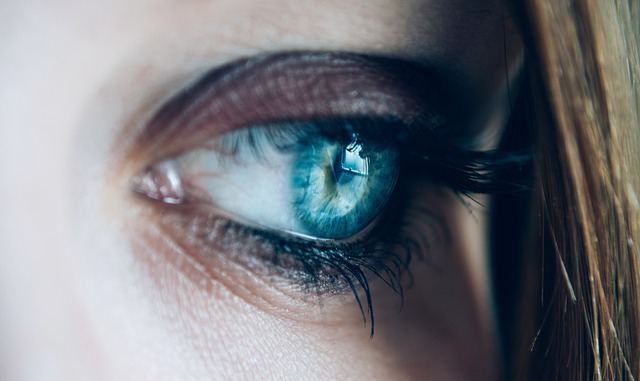The Signs, Symptoms and Causes of Cataracts

The eyes have a natural lens made up mostly of water and protein. This lens is found behind the pupil and the iris, and is very similar to the lens of a camera because it focuses light onto the retina. It is also what allows the eye to adjust and focus so you can see things clearly at all distances.
Cataracts (sometimes incorrectly spelled “cateracts”) are described as a clouding which forms over this natural lens. Sometimes, as a person ages, the protein that makes up this lens begins to clump together causing this part of the lens to become cloudy. Over time the clouding can spread and cover more of the lens making it very difficult to see.
Symptoms of Cataracts

Cataracts normally develop gradually over a long period of time. This is one reason it may be difficult to notice the symptoms right at first. However, there are several symptoms that are associated with cataracts that you can be aware of. They are listed below.
- Blurry or hazy vision
- Items look cloudy
- Lights seem to glare or be extra bright
- Double vision
- Colors become more dull-looking
The symptoms you experience will depend on the type of cataracts you have. You may notice that you need to change your glasses often when a cataract is developing which may also be a warning sign.
Types of Cataracts
Studies have determined that there are three different types of cataracts, they are as follows:
-
- Cortical Cataract – This type forms in the cortex of the lens and then slowly moves towards the outside of the lens. It is usually caused by being diabetic.
- Nuclear Cataract – This type is the most common and starts in the nucleus or center of the lens. It is usually caused by aging.
- Subcapsular Cataract – This type will start at the back of the lens and is usually found in people with retinitis pigmentosa, diabetes and farsightedness. It sometimes occurs in people that have taken very high doses of steroids as well.
It is important to know that the symptoms you experience will be based on the type of cataracts that you have. For example, a person may experience an improvement in their sight when they first start developing a nuclear cataract. This improvement is referred to as “second sight” but it only lasts for a very short period of time.
The nuclear cataract comes on slowly with age and you may not have any symptoms at all with the subcapsular cataract until after it is well-developed. If you suspect that you have cataracts, you should see an ophthalmologist or optometrist right away. Your doctor can recommend the appropriate type of prescription eyeglasses or contact lenses to correct blurry vision.
Cataract Surgery
Cataract surgery is a simple, painless procedure, and can significantly improve a patient’s vision. The eye surgeon makes an extremely small incision and inserts a tiny instrument, that breaks up and gently removes your cloudy lens. The cloudy lens is replaced with a clear, artificial lens. Cataract surgery is safe and substantially improves vision for more than 9 patients. Below is a video that further explains the procedure.
For special cases when intraocular lens implantation is not done after the surgery, ophthalmologists can prescribe cheap yet surprisingly comfortable contact lenses to enhance vision.
